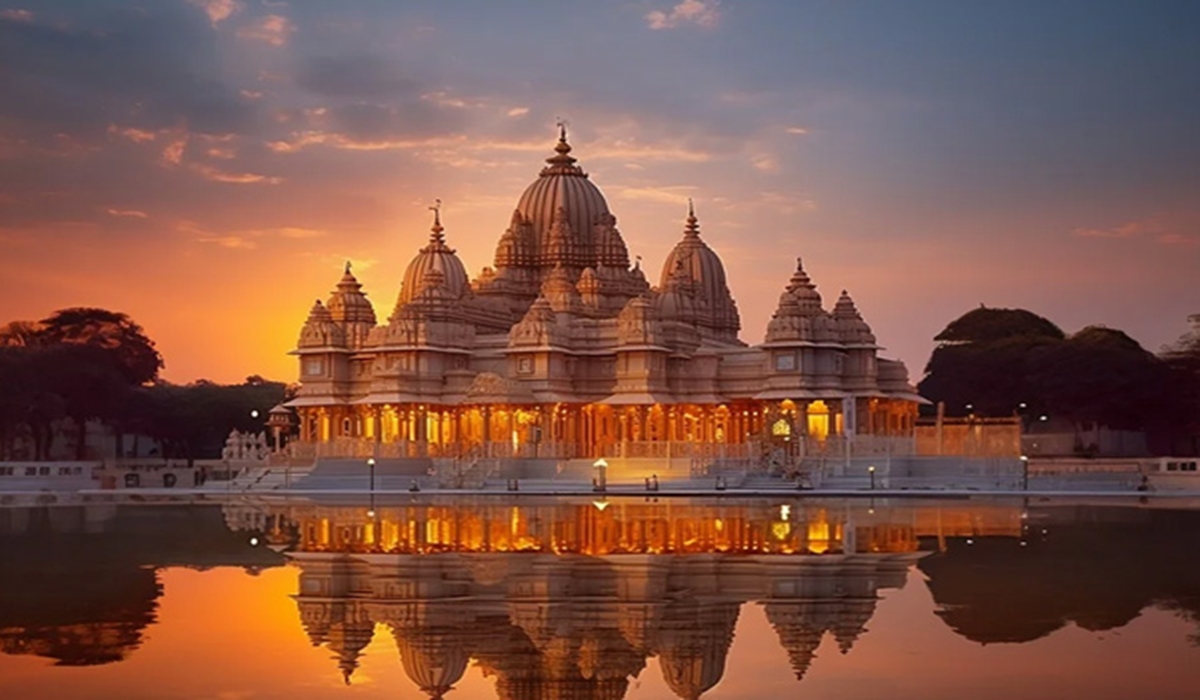Table of Contents
Uttar Pradesh plays a crucial role for political parties aiming to make their mark in the Indian Parliament. The state’s capital, Lucknow, is often seen as the gateway to Delhi and underscores the area’s strategic significance in the country’s political arena. The state’s political influence is felt across the nation due to its vast number of Loksabha seats (80 seats in the Lok Sabha), underscoring its significant role in the broader political framework of India. After the Lok Sabha Election in 2024, the Samajwadi Party secured 37 seats, marking a significant resurgence in Uttar Pradesh, while the Bharatiya Janata Party (BJP) only won 33 seats. The Indian National Congress managed to secure six seats, the Rashtriya Lok Dal won two, the Apna Dal won one, and the Aazad Samaj Party won one. This election marked the first time the citizens of Faizabad participated in a general election, following the inauguration of the Ram Mandir in Ayodhya by Prime Minister Narendra Modi on January 22, where the ruling party had high hopes for a significant victory. However, the election results showed a different outcome. In the Ayodhya Lok Sabha constituency, the Samajwadi Party candidate Awadhesh Prasad defeated the Bharatiya Janata Party candidate Lallu Singh by a vote margin of 54,567, as reported by the Election Commission of India. The BJP’s defeat in Uttar Pradesh’s Faizabad Lok Sabha constituency, where the Ram Mandir is located, surprised many people, including BJP members.
Akhilesh Yadav’s successful strategy in Ayodhya
In the Ayodhya Lok Sabha constituency, a three-time BJP MP Lallu Singh from Faizabad tasted the defeat against the SP Dalit leader Awadhesh Prasad, who is an MLA from the Milkipur assembly, and the only candidate from a Dalit community to win from a non-reserved constituency. Awadhesh Prasad emerged victorious, SP has made history by winning Ayodhya temple’s land seat for the first time since 1998. This time, Akhilesh Yadav, the leader of the Samajwadi party, had a fresh approach to the Ayodhya seat. Yadav fielded a Pasi face from the Pasi community, which has the largest Dalit population in Ayodhya, as the candidate even though it was a general seat. Notably, Awadhesh Prasad was one of the founding members of the Samajwadi Party (SP) and a nine-time MLA. “This is a historic victory because our national president, Akhilesh Yadav, fielded me from a general seat, I got support from people from all castes and communities,” Prasad told media following his triumph.
Photo credit: ANI
What are the reasons behind the BJP’s loss of Ram Temple’s land?
The Ram temple inaugurated in January by Prime Minister Narendra Modi, fulfilled a three-decades-old BJP promise which it mentioned in almost every election campaign rally. The Ram temple in Ayodhya has been the axis of BJP’s politics since the 1990s. however, the Ram temple inauguration did not work among the electorate, with unemployment and inflation taking precedence as election issues. the rising prices of middle-class commodities including petrol, food, and LPG, are the main factors that led to Bjp’s loss in Faizabad. The SP-Congress INDIA coalition has also gained Its votes from the Dalits and minorities, and it was a big setback for the BJP. local issues and sentiments ultimately drive electoral outcomes over religious matters. Experts say, that the Dalit vote in the state favoured the INDIA alliance and that issues of development and unemployment trumped religion. The outcome has drawn the focus of analysts to the issues of unemployment and high inflation – two key concerns of voters that surveys showed.
Image source: PTI



